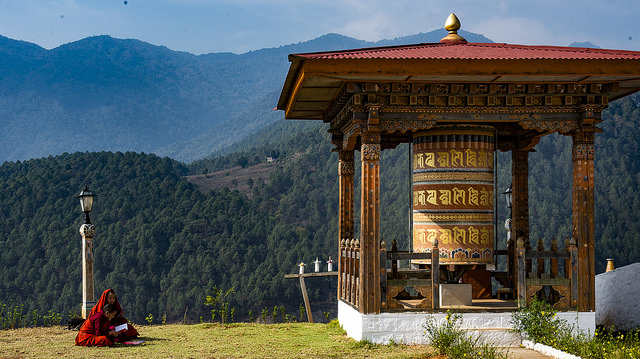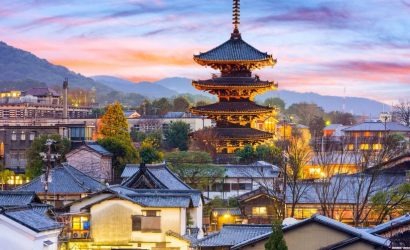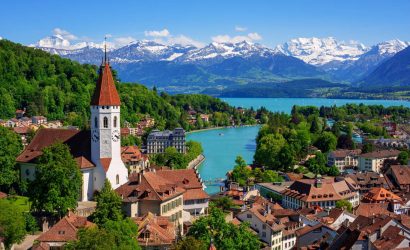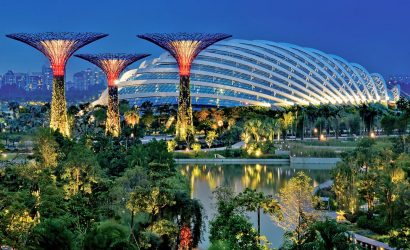Overview
Thimphu, Bhutan’s capital, occupies a valley in the country’s western interior. In addition to being the government seat, the city is known for its Buddhist sites. The massive Tashichho Dzong is a fortified monastery and government palace with gold-leaf roofs.Kalimpong is a town and a municipality in the Indian state of West Bengal. It is located at an average elevation of 1,250 metres (4,101 ft).The town is the headquarters of the Kalimpong district.Gangtok is the capital of the mountainous northern Indian state of Sikkim. Established as a Buddhist pilgrimage site in the 1840s, the city became capital of an independent monarchy after British rule ended, but joined India in 1975. Today, it remains a Tibetan Buddhist center and a base for hikers organizing permits and transport for treks through Sikkim’s Himalayan mountain ranges.Tsomgo Lake, also known as Tsongmo Lake or Changgu Lake, is a glacial lake in the East Sikkim district of the Indian state of Sikkim, some 40 kilometres from the capital Gangtok. Located at an elevation of 3,753 m, the lake remains frozen during the winter season.Punakha is a town in the Himalayas of Bhutan. It’s known for the Punakha Dzong, a 17th-century fortress at the juncture of the Pho and Mo Chhu rivers.Bagdogra is a settlement in the Naxalbari CD block in the Siliguri subdivision of the Darjeeling district, in the Indian state of West Bengal. It is a part of the Greater Siliguri Metropolitan Area.
Trip Highlights :
- Transfer From Paro Airport To Thimphu Hotel
- Thimphu Local Sightseeing
- Punakha Local Sightseeing
- Transfer From Thimphu To Paro Hotel
- Paro Local Sightseeing
- Transfer From Paro Hotel To Paro Airport
- Transfer From Paro Airport To Bagdogra Airport
- Transfer From Bagdogra Airport To Kalimpong Hotel
- Kalimpong Local Sightseeing
- Transfer From Kalimpong To Gangtok Hotel
- Gangtok Local Sightseeing
- Tosmgo Lake Sightseeing
- Transfer From Gangtok Hotel To Bagdogra Airport






Recent Comments